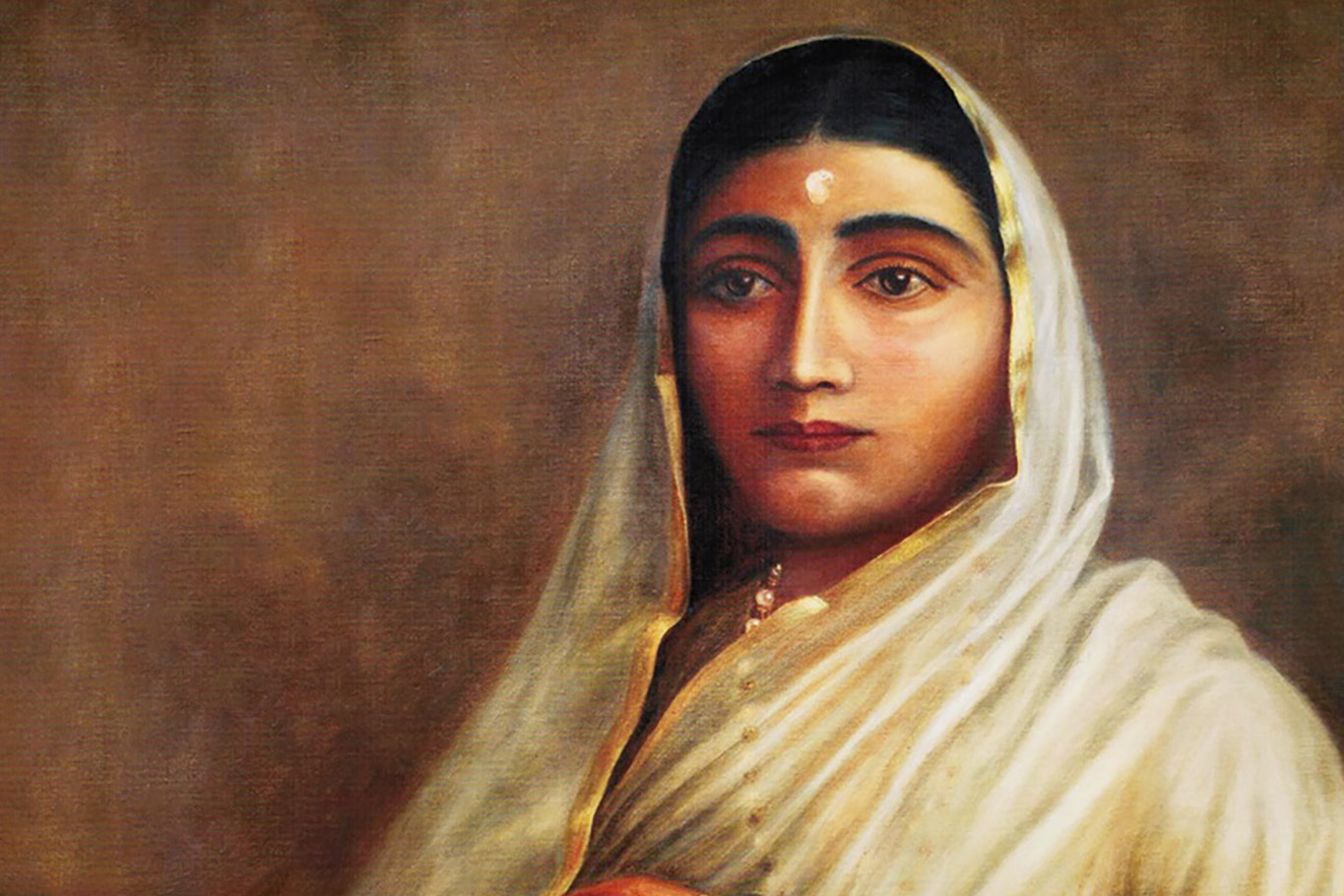 In the annals of history, Maharani Ahilyabai Holkar stands as a formidable figure, reigning as the Holkar Queen over the Maratha Malwa kingdom in India. Born in the quaint village of Chondi in Jamkhed, Ahmednagar, Maharashtra, she later shifted the seat of power to Maheshwar, nestled along the Narmada River, south of Indore.
In the annals of history, Maharani Ahilyabai Holkar stands as a formidable figure, reigning as the Holkar Queen over the Maratha Malwa kingdom in India. Born in the quaint village of Chondi in Jamkhed, Ahmednagar, Maharashtra, she later shifted the seat of power to Maheshwar, nestled along the Narmada River, south of Indore.
Ahilyabai’s ascension to power was marked by tragedy, with the demise of her husband, Khanderao Holkar, in the battle of Kumbher in 1754. Subsequently, the passing of her father-in-law, Malhar Rao Holkar, thrust her into the throne as the queen of the Malwa kingdom. Undeterred by adversity, she valiantly defended her realm from marauding invaders, leading her armies with unwavering resolve and appointing Tukojirao Holkar as the Chief of Army.
Renowned for her indomitable spirit and philanthropic endeavors, Rani Ahilyabai left an indelible mark as a patron and builder of Hindu temples across India, erecting hundreds of sacred edifices and Dharmashalas.
Situated within the Maheshwar Fort, overlooking the banks of the Narmada River, is the pristine white temple dedicated to Lord Kashi Vishwanath. Constructed by Devi Ahilyabai in the 18th century, the temple boasts a striking architectural design, albeit not heavily adorned with intricate carvings. Within the sanctum sanctorum lies a magnificent and sizable ‘Shiva Linga’. Adjacent to the temple, a broad flight of stairs descends to the riverbanks.
Throughout her life, Holkar dedicated herself to the restoration and reconstruction of temples across India, from Somnath in the west to the Kashi Vishwanath in the east. These sacred sites had suffered from the ravages of time or had been targeted by assault and plunder by Muslim invaders. Holkar’s efforts extended to places like Srinagar, Haridwar, Kedarnath, Badrinath, and beyond, with temples and pilgrimage centers restored or erected across the nation, excluding areas under Afghan, Nawab, or British control.
The river Ganga held profound significance in Hindu scriptures and rituals. Acknowledged as sacred and personified as the goddess Ganga, it played a central role in Hindu pilgrimage, with its waters revered as holy gangajal used in temple rituals. Holkar ensured the distribution of gangajal from Gangotri to temples nationwide, underscoring her commitment to Hindu religious practices.
Among her numerous achievements, the rebuilding of the Kashi Vishwanath Temple stands out. Once a beacon of Hindu spirituality, the temple fell victim to Mughal desecration and demolition in 1669, under Aurangzeb’s orders. However, Holkar’s resolve led to its reconstruction in 1776, restoring its sanctity and grandeur. Maharaja Ranjit Singh further embellished the temple with a golden shikhar in the 19th century, cementing its significance in Hindu worship and heritage.
Born on 31st May 1725, in the hamlet of Chaundi, within the precincts of present-day Ahmednagar district, Maharashtra, Ahilyabai hailed from humble origins. While formal education eluded women in her time, her father, Mankoji Rao Shinde, a village Patil, bestowed upon her the gift of literacy, imparting the invaluable skills of reading and writing.
Ahilyabai’s journey onto the grand stage of history was serendipitous, as fate intervened when Malhar Rao Holkar, struck by her piety and character, selected her as the bride for his son, Khanderao. Their union in 1733 marked the beginning of a remarkable chapter in Ahilyabai’s life, culminating in the birth of their children, Malerao in 1745, and Muktabai in 1748. Overcoming personal tragedies, including the loss of her mentally unwell son, Ahilyabai defied convention by arranging her daughter’s marriage to Yashwantrao, a courageous yet impoverished man, who earned her favor by vanquishing dacoits.













